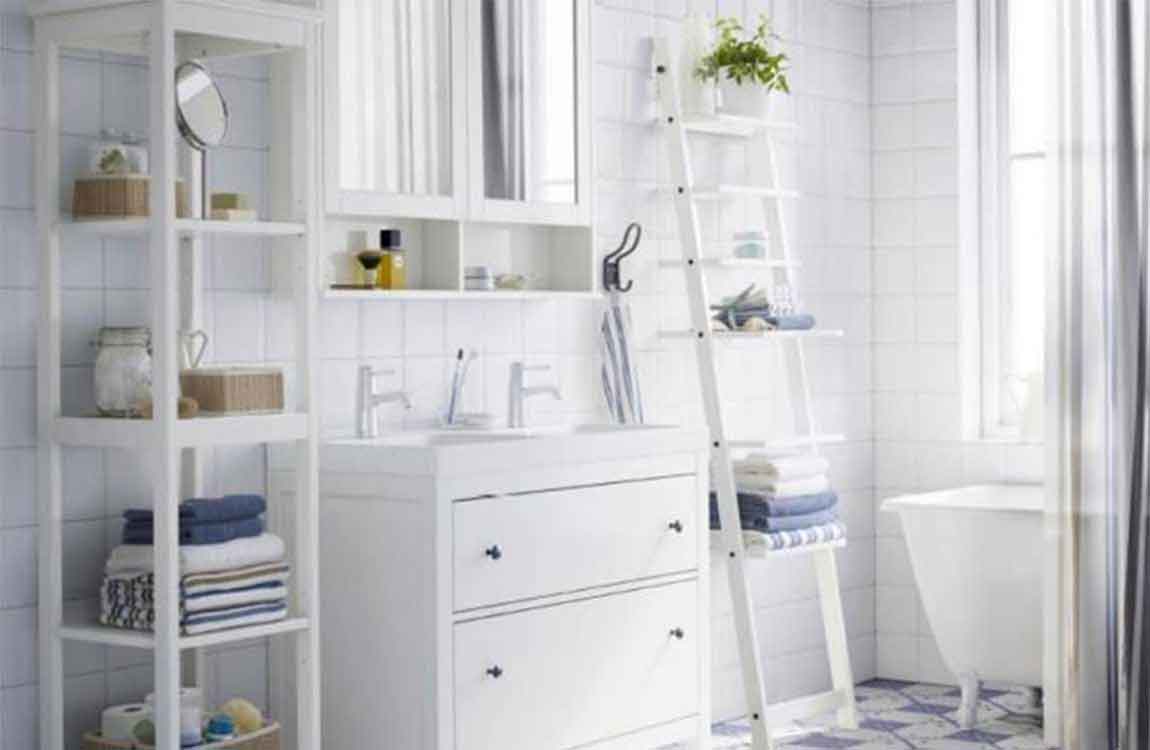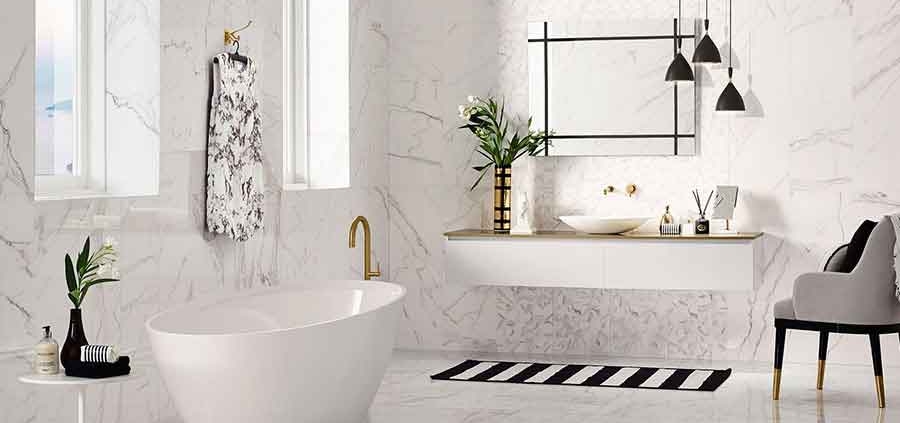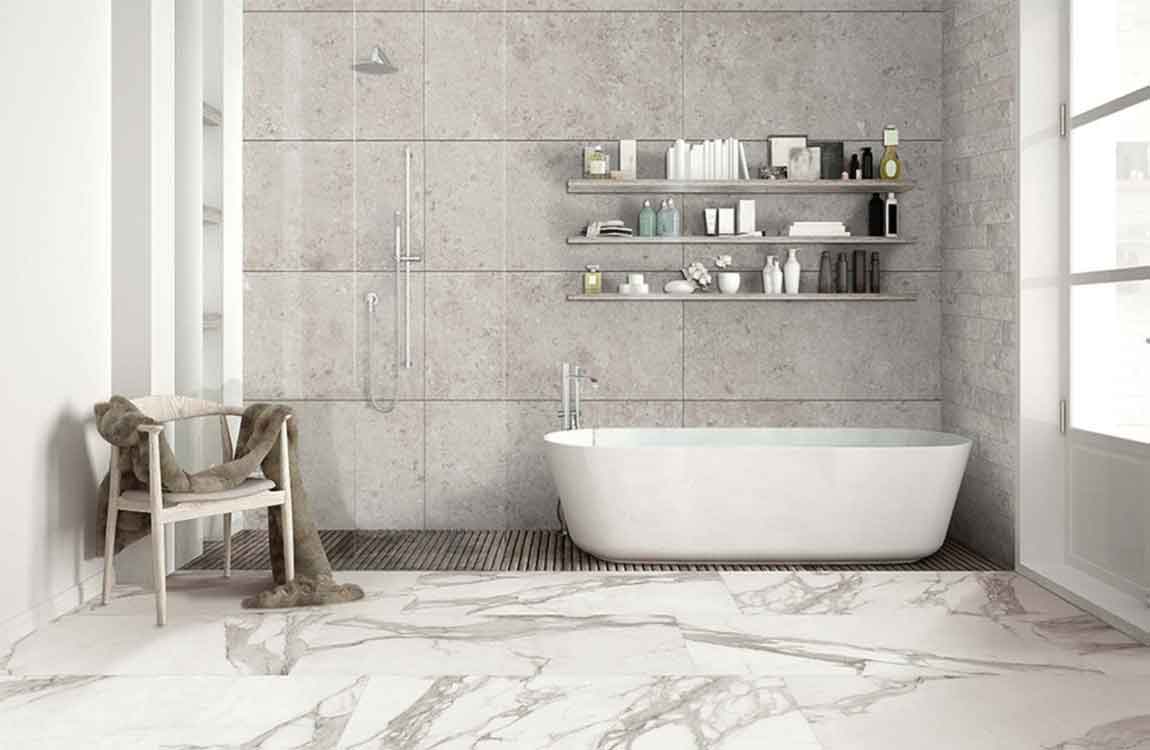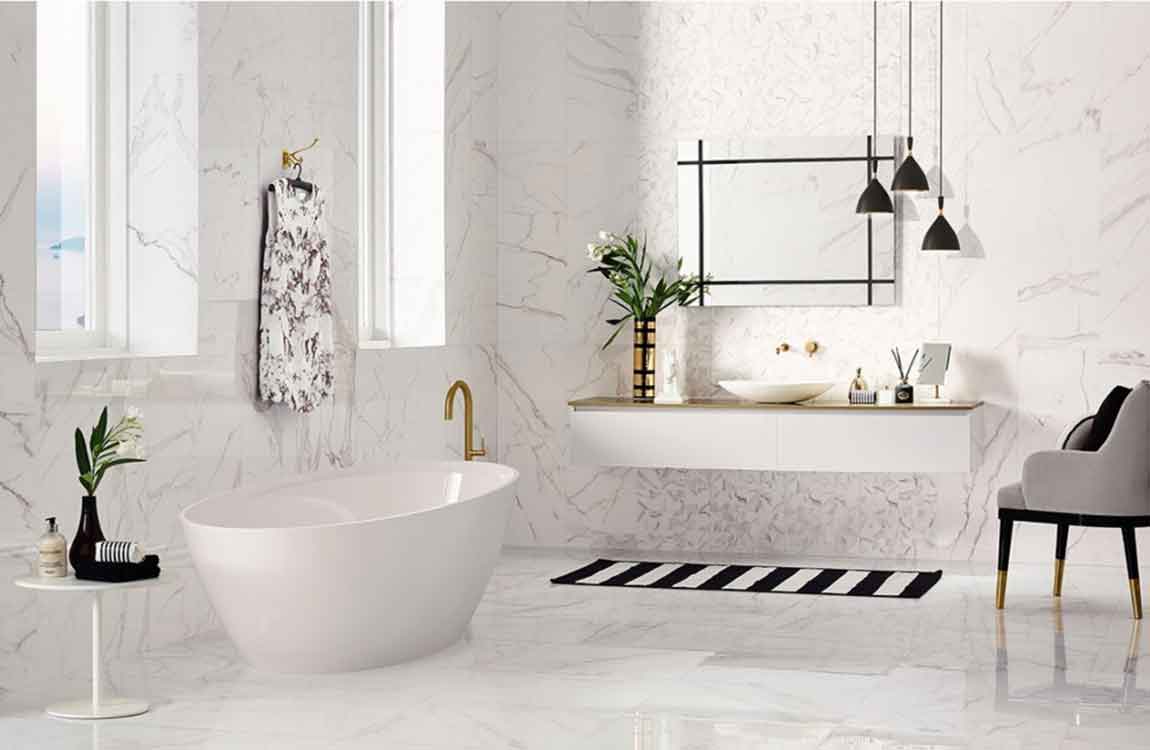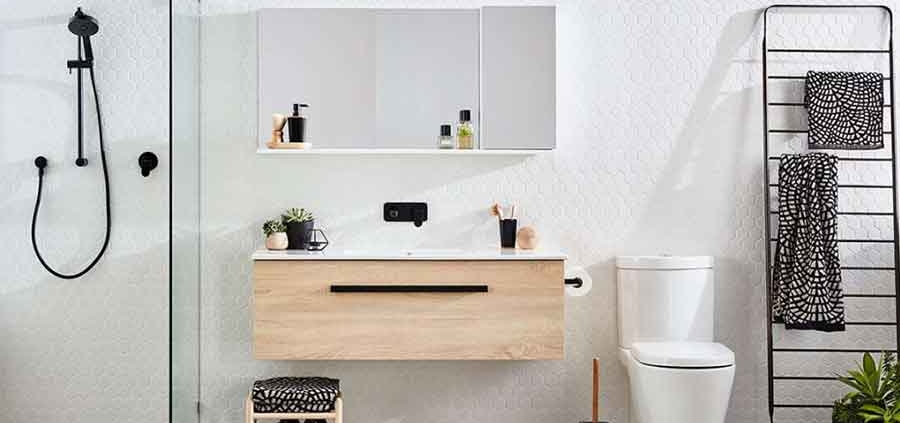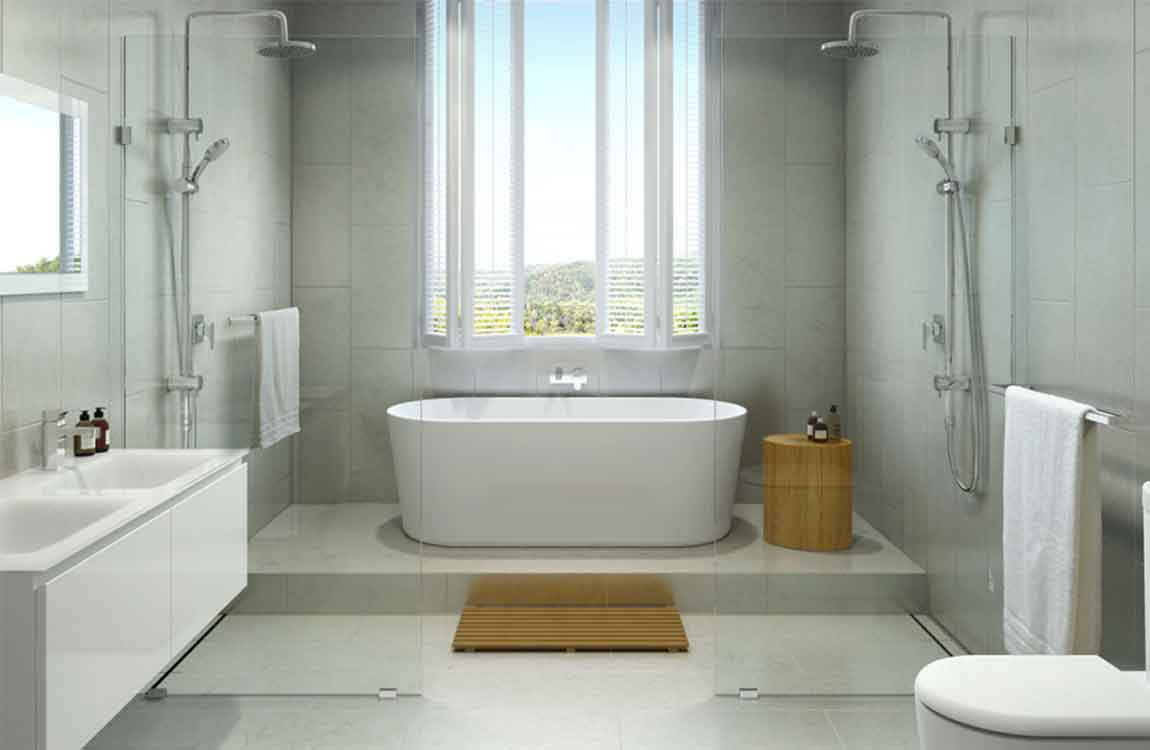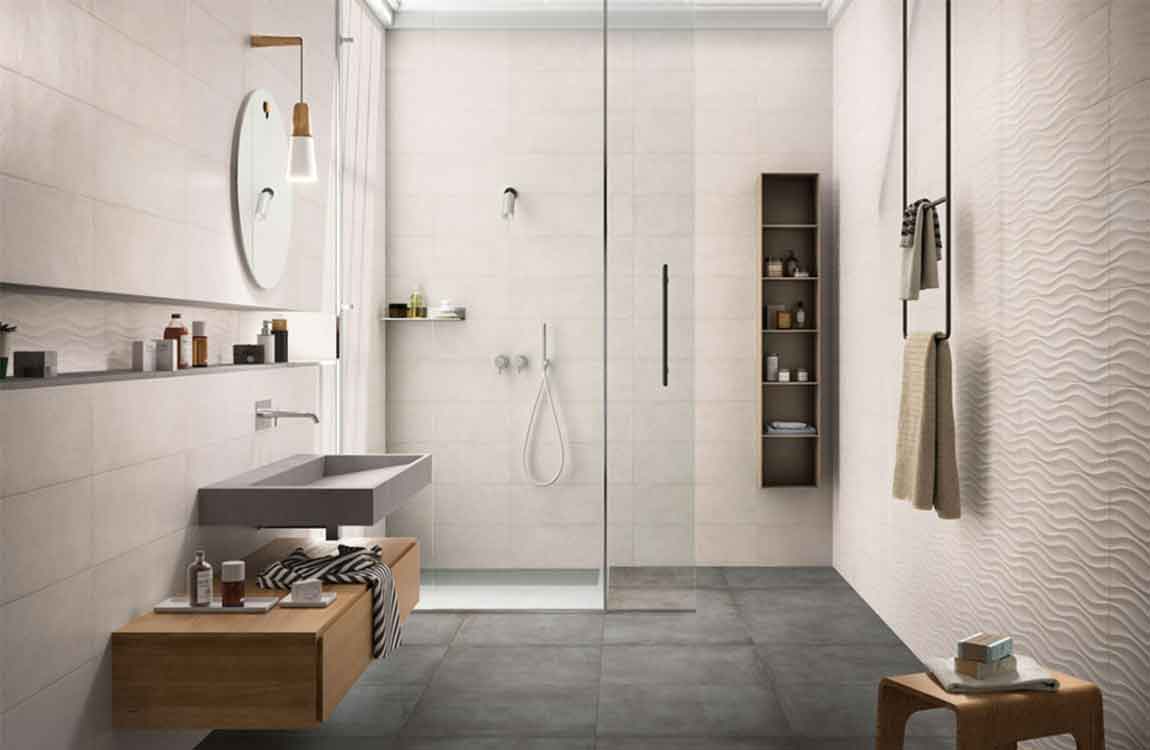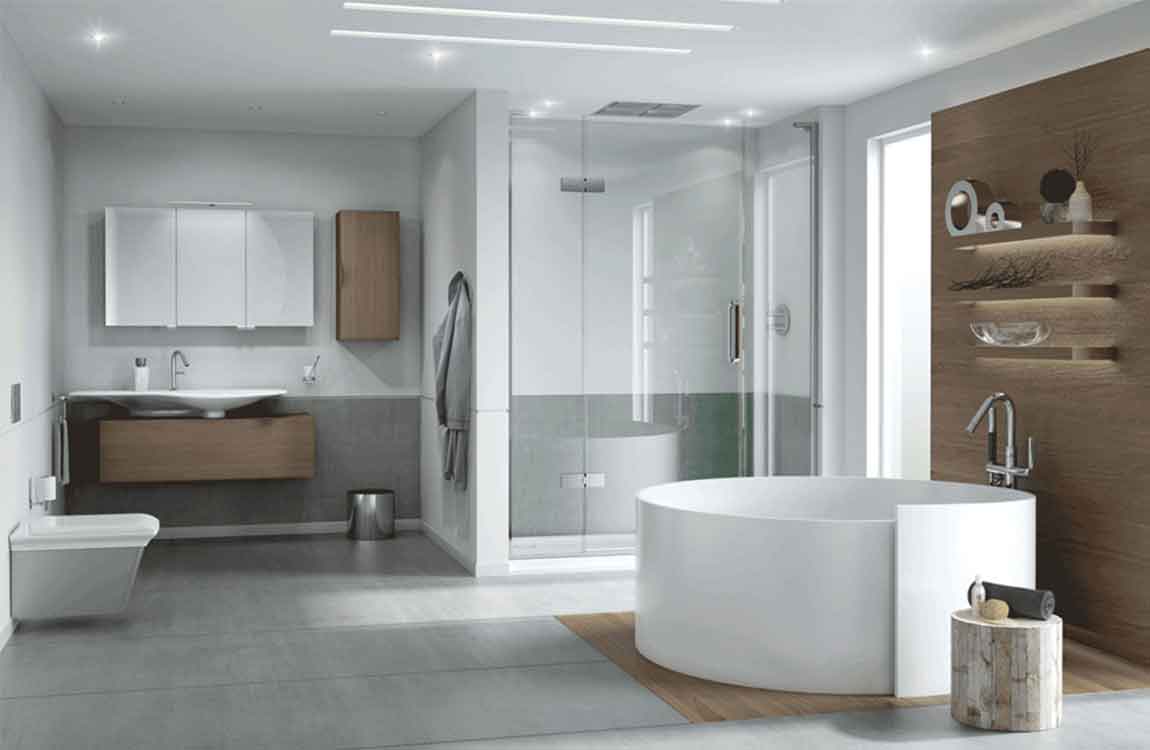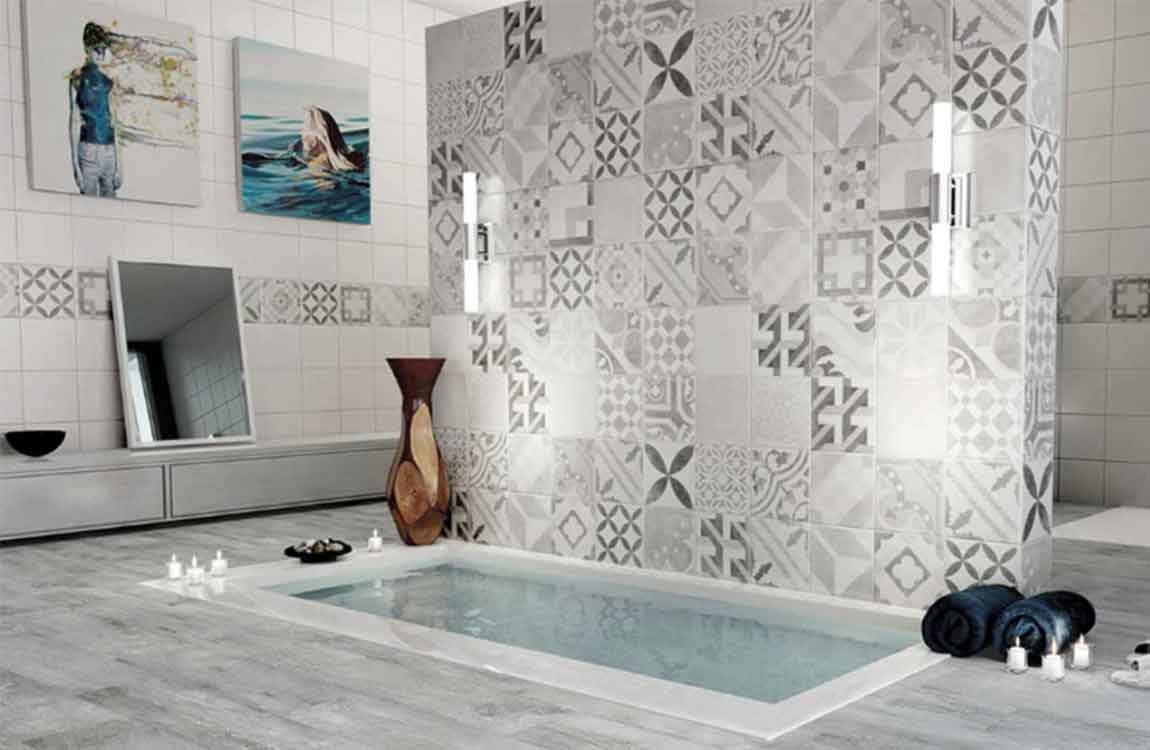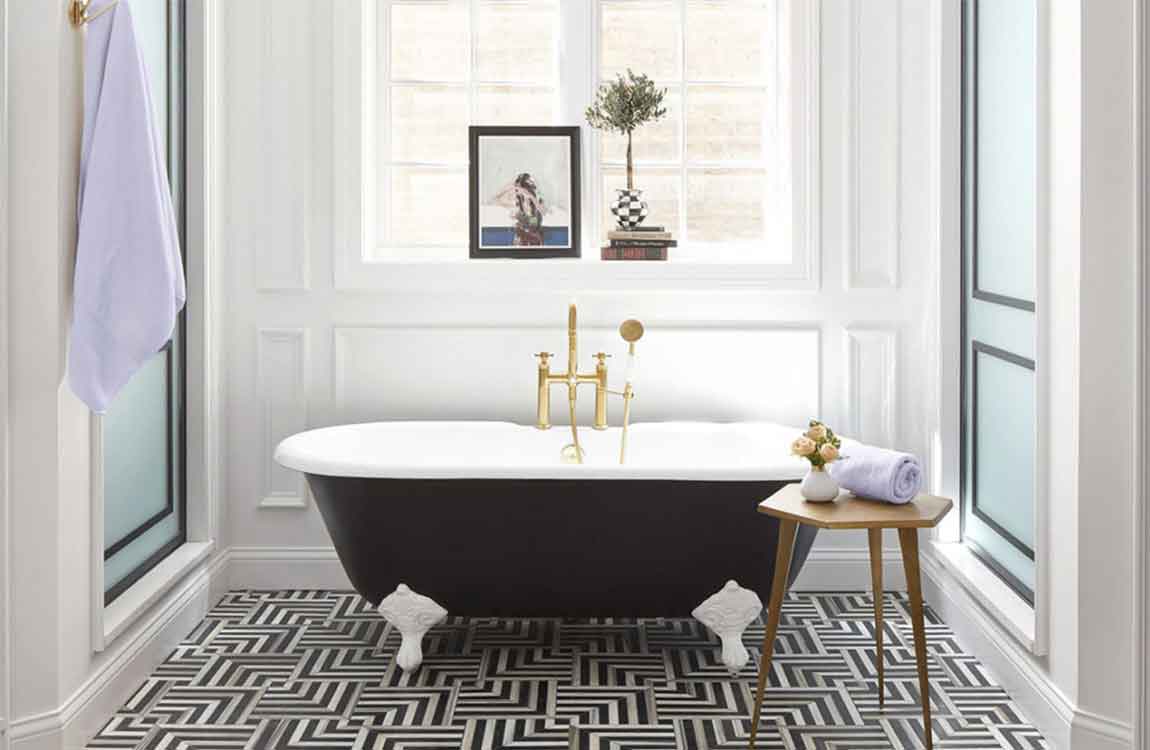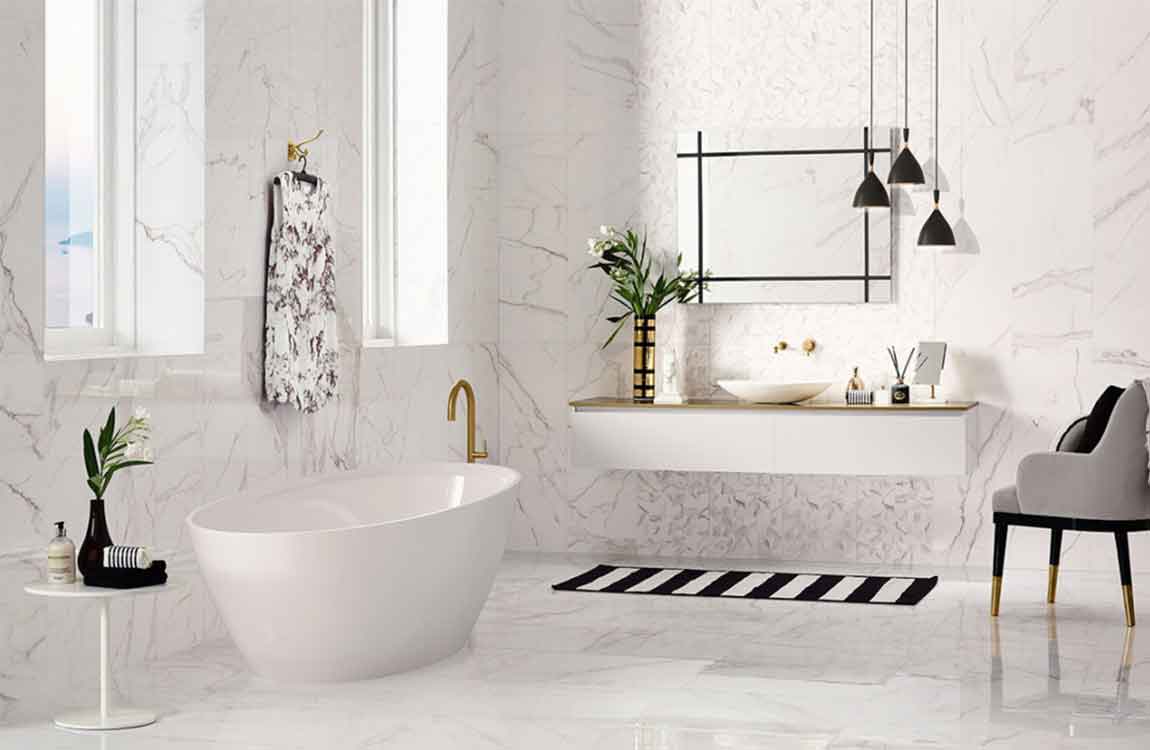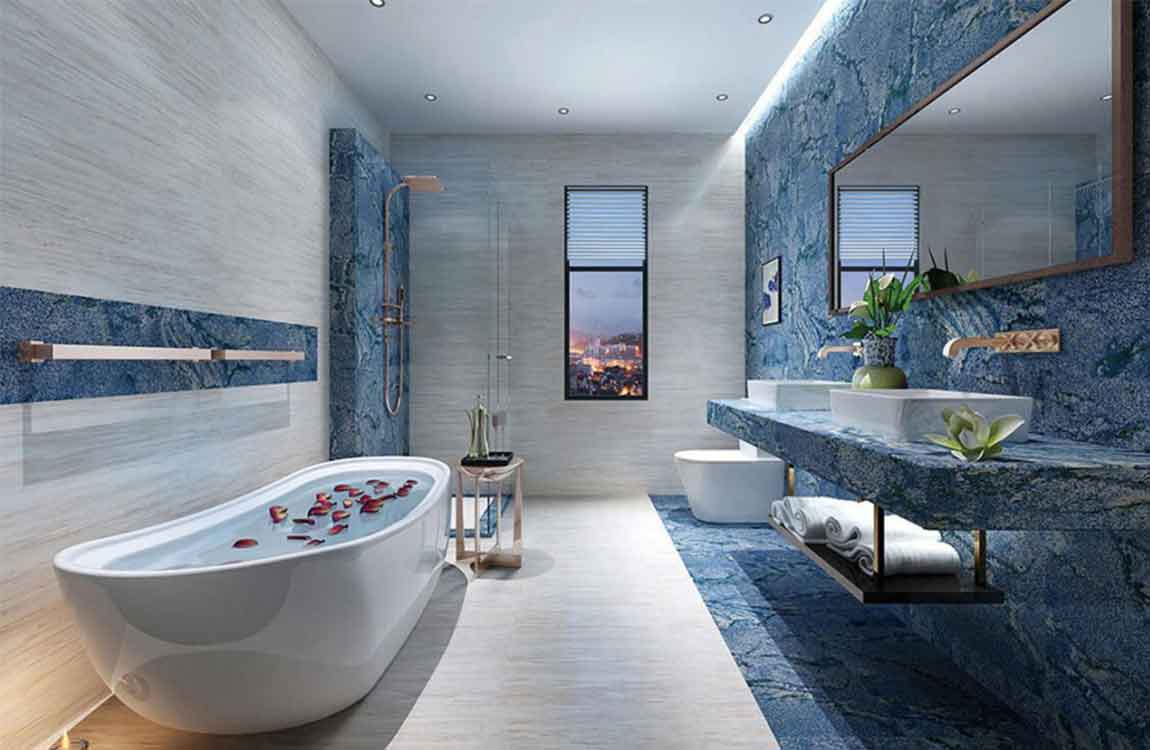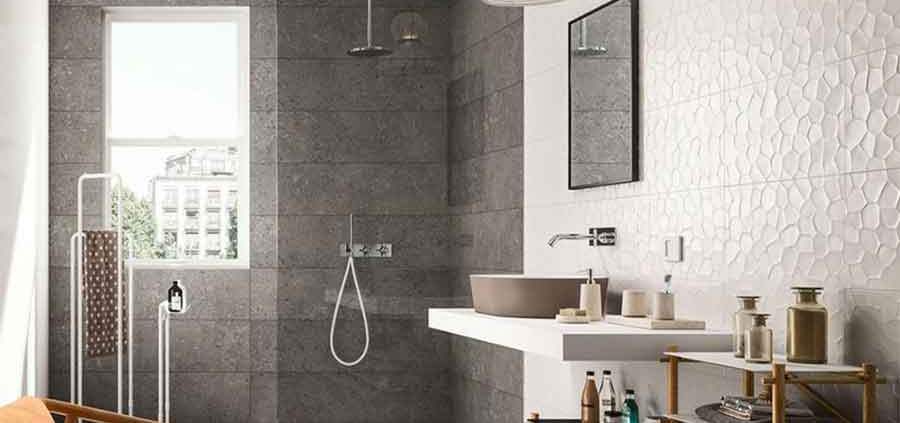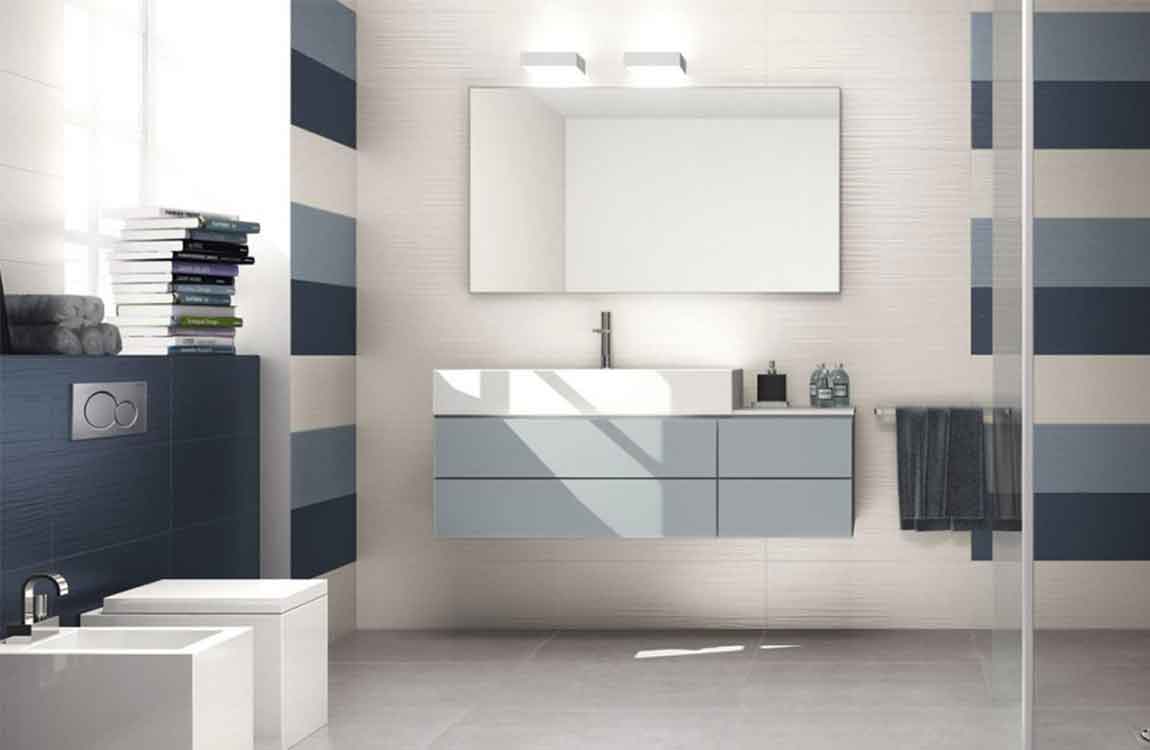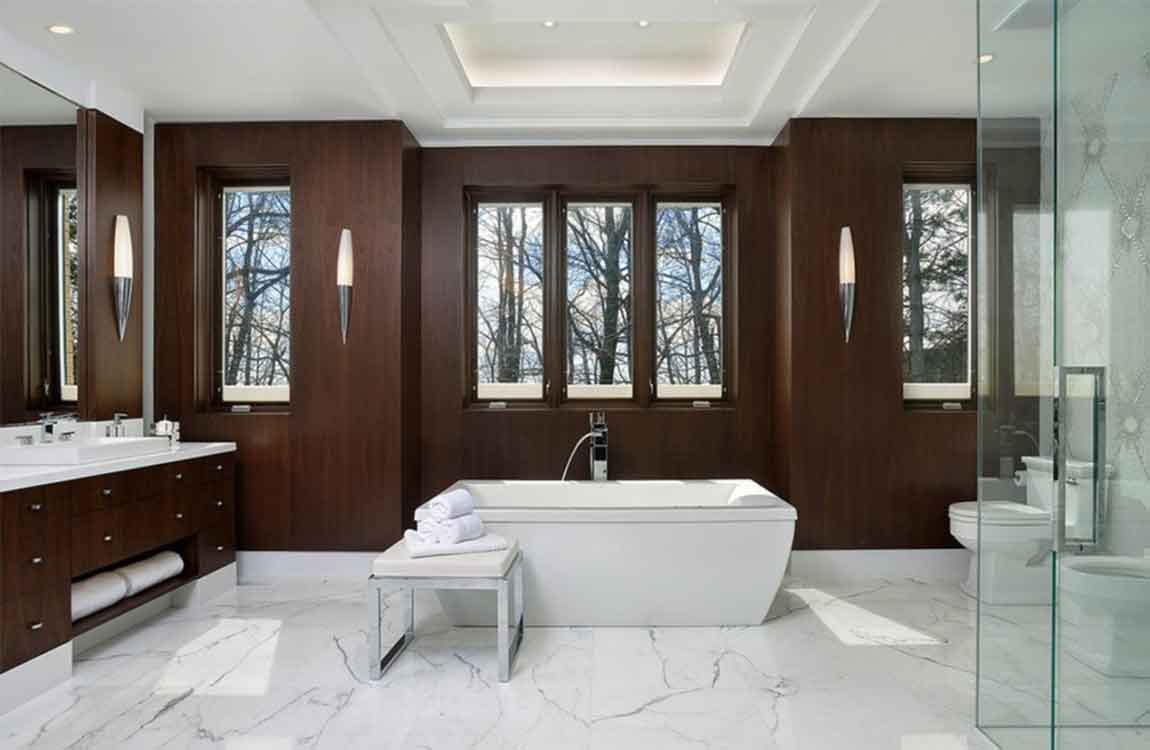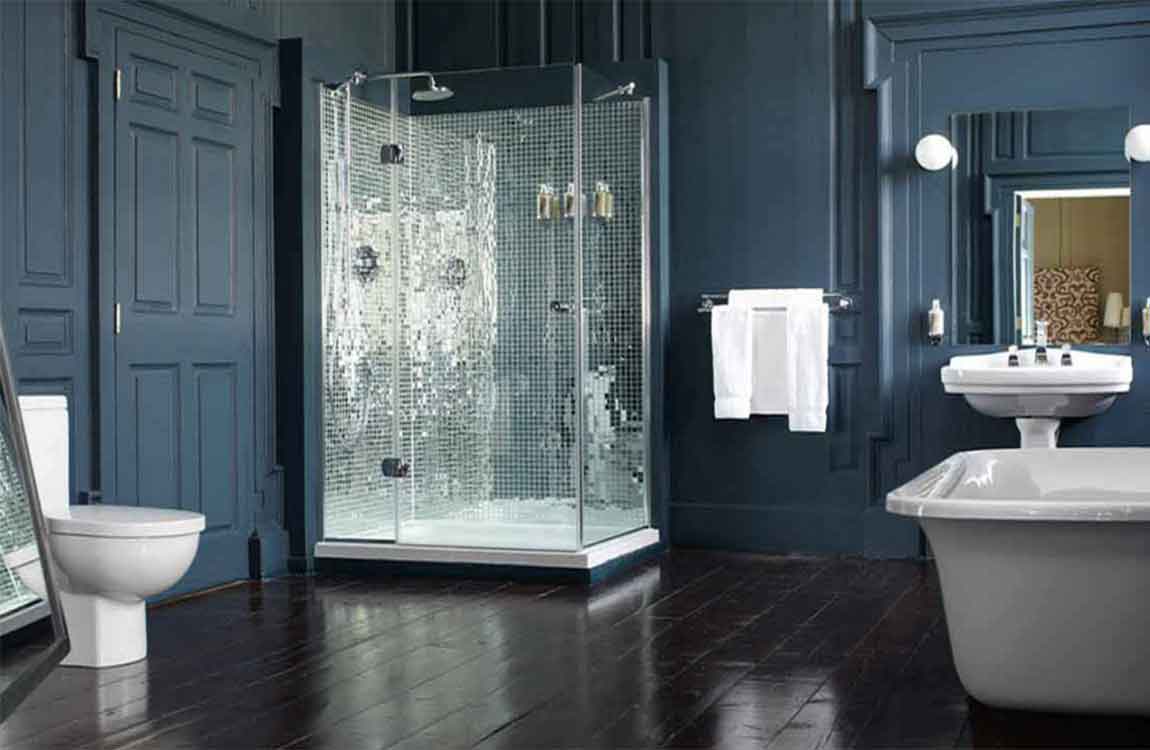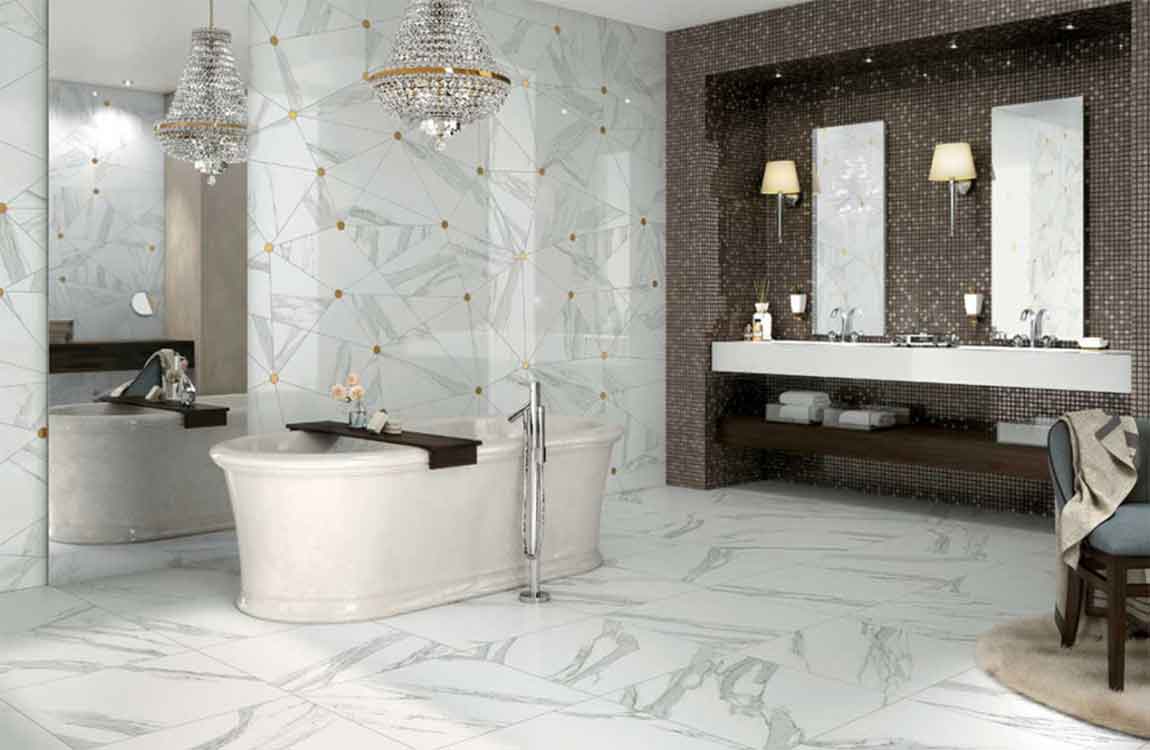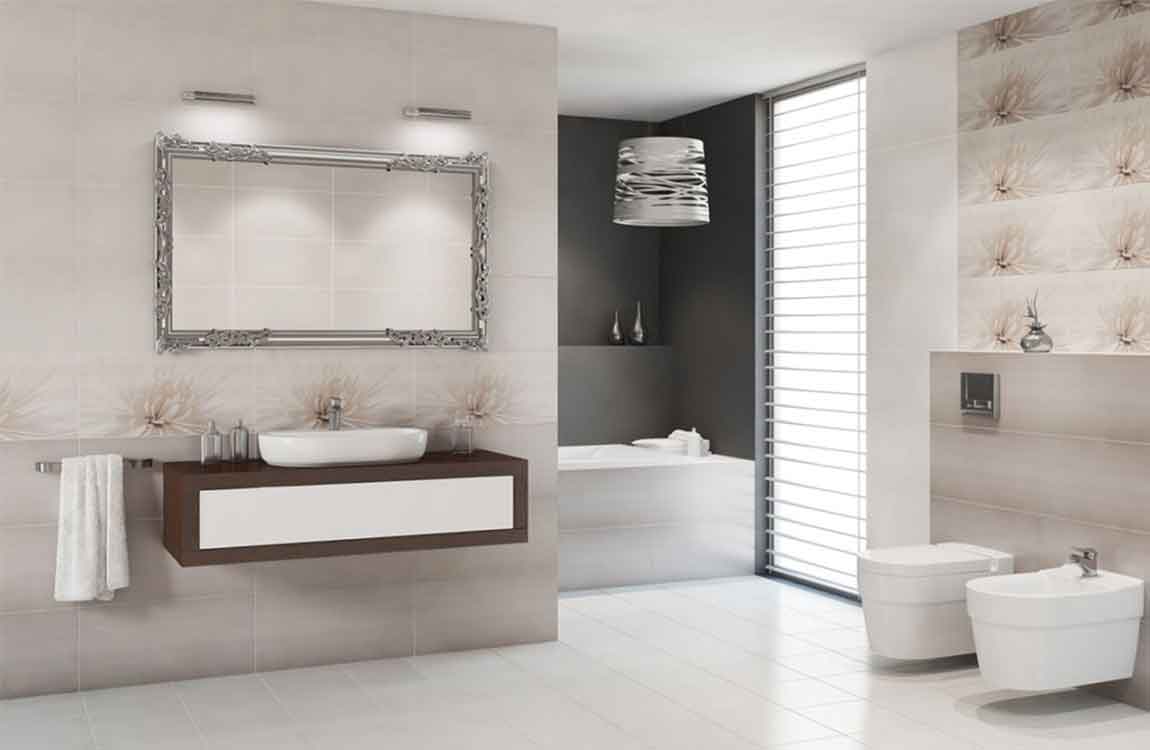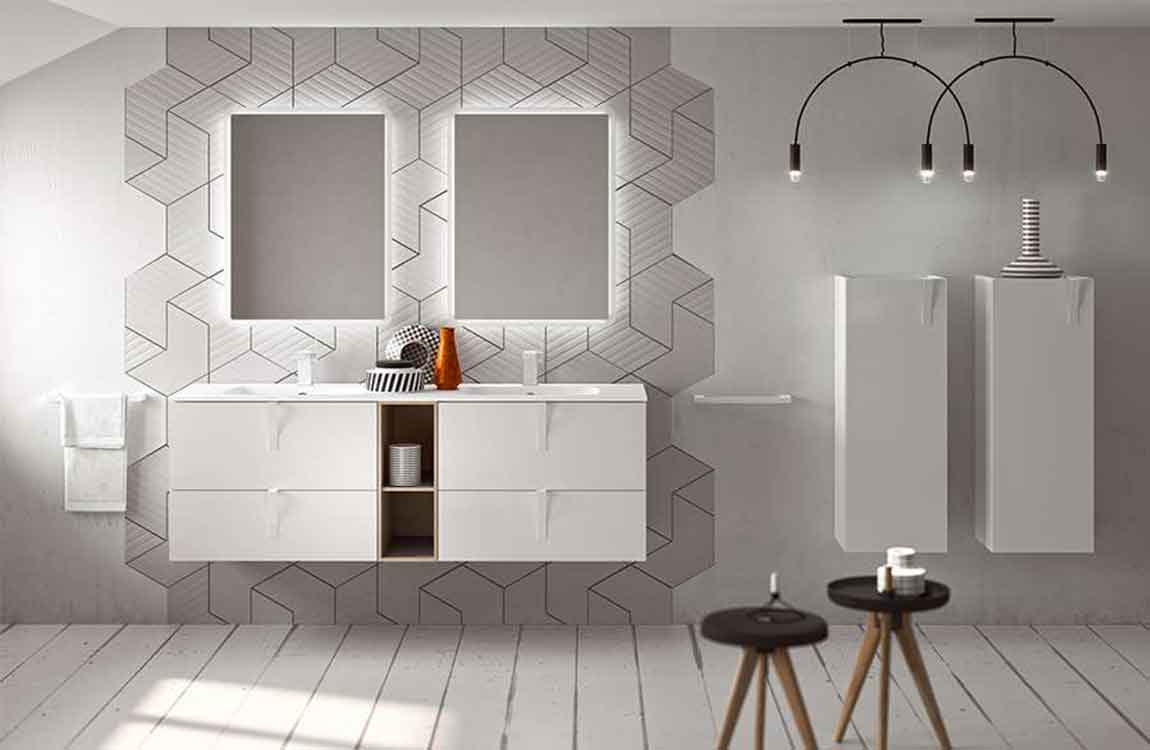Before Renovate Bathroom We Can Do…
Molded bathtubs sit right on the floor, and are the most common. They come in all sorts of shapes and sizes. Some even include fancy features, such as benches for shaving on and jet streams. When you go to buy a bathtub, you might also want to sit in it to make sure that it is comfortable. After all, you will likely sit in your bathtub while using it at home.
Choose storage that is both efficient and stylish. This includes things like storage units, caddies, cabinets, and shelving. You want your storage to look good and be functional. You should be able to reach your cabinets and shelves easily, and have accessto them when you need to. You also want your storage to fit everything it needs to fit. Cabinets don’t always have to stick straight out of the wall. Consider having some cabinets recessed into the wall. This will save some space.
Make sure you have adequate lighting in your bathroom. Lighting is very important. If there is not enough lighting, then your bathroom could become dangerous. Take advantage of natural light first by letting as much of it in as possible. Plan on having at least 4 watts of artificial light per square foot. You can let lots of natural light into your bathroom with skylights.
Make sure that you have adequate ventilation. Poor ventilation will lead to mould, decay, rot, and smells. Having vents, windows, and fans is always a good idea. When choosing a fan, consider getting a quiet one for master bathrooms, so that you don’t wake your significant other if you have to use the restroom at night. Get a noisier one for powder rooms; the noise will give the guest more privacy, especially if the bathroom is close to a living room.
Pick out some new accessories to match your new bathroom. This will include things such as towels, wash cloths, and bathmats. It will also include things like soap dispensers, mirrors, and towel racks. Try buying these items when they go on sale. They can be inexpensive, but the price will add up.
Switch off all water valves if you are going to do anything to the sink, bathtub, shower, or toilet. You can find them behind toilets and under sinks. If you don’t do this, you might end up with a flood.
Cover anything that isn’t getting renovated with plastic or paper to protect it. If you are painting your bathroom, you will want to cover the floors, sinks, counters, toilets, and light switches so that they don’t get dirty. You can use paper, cardboard, or plastic sheeting. Be sure to tape the edges down so that the paint or dust doesn’t get underneath is.





